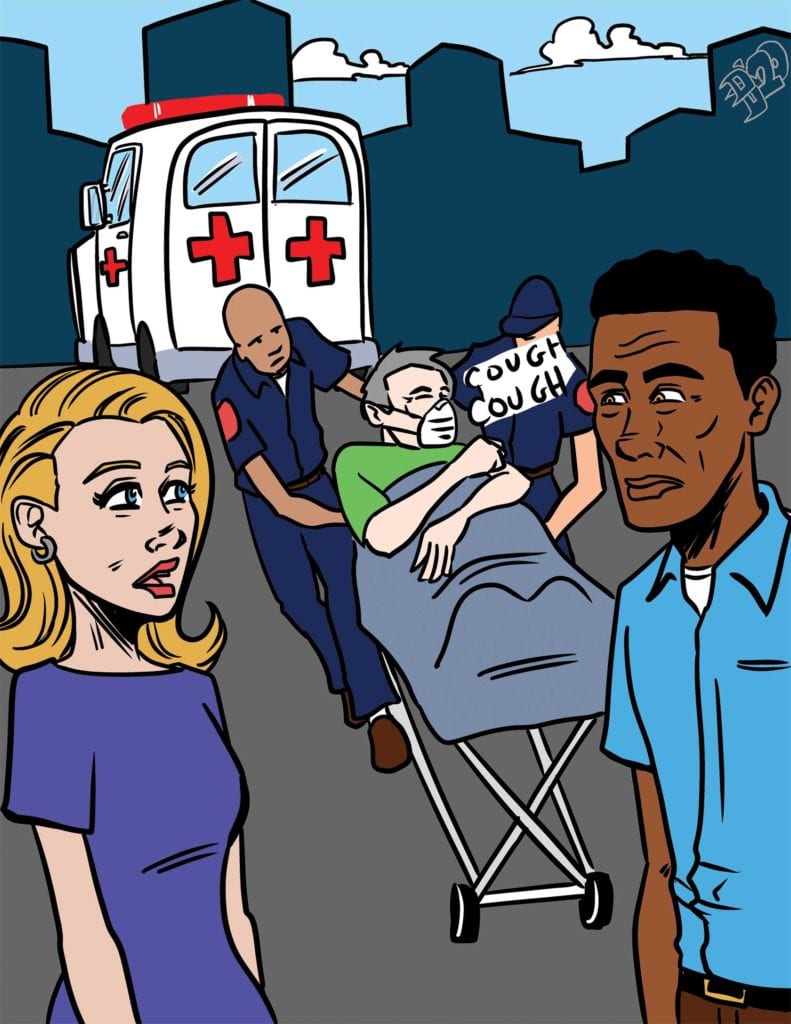
When there is a disparity in the distribution of the nation’s benefits to African Americans, such acts are often criticized as the result of bigotry. However, they are often something even more destructive. They could well be acts of institutional racism. The deprivation of blacks has become such a part of the American culture that it is often not considered to be something special, or even something that many people insist must change.
Acts that are institutionally racist are able to thrive because they do not always appear to be maleficent, in fact they can actually be helpful to others. A good example is the institution of Social Security in 1935. Some conservatives were categorically opposed to the concept of the government providing retirement benefits for anyone, especially the children and grandchildren of their former slaves. But their opposition was mollified when they became aware that in 1935, the life expectancy for a black man was only 51 years of age, far less than the required 65. In addition, farm laborers and domestic workers would be ineligible for the program.
As we now know, blacks later gained employment in factories, sawmills, mines and other lines of work where enrollment in Social Security was required. In addition, black men became healthier over the years so that their life expectancy is now on average 75 years. Perversely, the white working class did not recognize in this racial hostility to blacks that the upscale whites were willing to sacrifice the interest of working-class whites who had struggled through the Depression. The average life expectancy of white men in 1935 was only age 61, not quite enough years for them to benefit from Social Security.
By now, one would hope that working-class whites would have observed that institutional racism has its roots in economic domination. Conservatives did not want the government to finance and require the health care of average-income Americans, just as they were opposed to Social Security. Nonetheless, President Barack Obama pushed for enactment of the Affordable Care Act for everyone. It is interesting to note that most states of the Old Confederacy, except for Arkansas and Louisiana, have failed to approve the Medicaid expansion option.
More than 20 million Americans gained health insurance through the ACA that was scornfully called Obamacare by those protesting against it. There are twice as many poor whites in America as poor blacks, so once again poor whites were expected to forsake benefits in support of the institutional racism of the well-to-do.
With such a history of institutional racism, it is no wonder that some people have ascribed the same defect to the disparity in the deaths of blacks from COVID-19. According to the Center for American Progress and the NAACP, the data as of April 8 was as follows:
- In Michigan, black residents are 14% of the state population but 40% of the coronavirus deaths;
- In Illinois, black residents are 15% of the state population but 43% of the coronavirus deaths; and
- In Milwaukee, Wisconsin, blacks are 26% of the county population but 70% of the coronavirus deaths.
However, an April 18 report in the New York Times indicates that 20% of all of U.S. fatalities from coronavirus are tied to the American nursing home facilities. While many blacks have service jobs and live in the crowded neighborhoods, it will be some time before the basic reasons for fatalities are known.
Undoubtedly, institutional racism in America will not fade with the disappearance of the coronavirus, but whites who are attentive will learn an important lesson. The race of their alleged antagonists is far less important than the economic status of their opponents.


![Banner [Virtual] Art Gallery](https://baystatebanner.com/wp-content/uploads/2024/04/Cagen-Luse_Men-at-store-e1713991226112-150x150.jpg)



